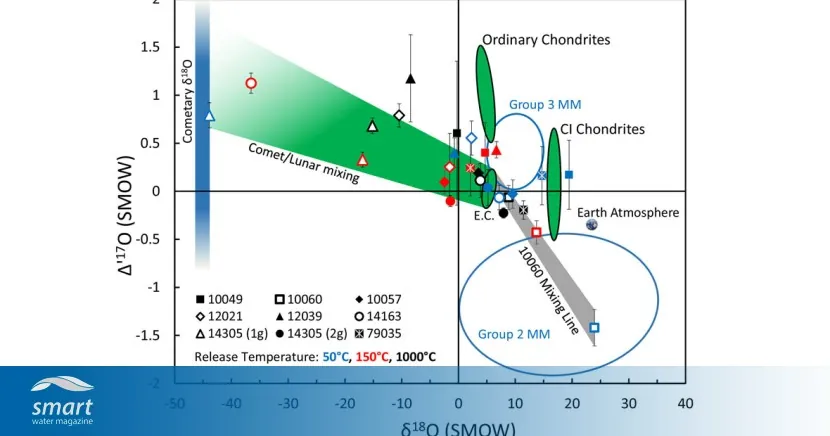
Shocking Discovery: Denali Fault Reveals Ancient Landmasses Torn Apart by Secrets of the Earth!
2024-12-19
Author: John Tan
Groundbreaking Research Highlights Ancient Landmasses
Recent groundbreaking research has unveiled that three geological locations spanning an astonishing 620 miles of the Denali Fault, located in Alaska, were once part of a unified landmass. This primordial geologic feature represents the culmination of two ancient landmasses, which have since been ripped apart by eons of tectonic shifts.
Research Team and Their Findings
Led by Sean Regan, an associate professor at the University of Alaska Fairbanks’ Geophysical Institute, the findings are featured on the cover of December’s edition of the scientific journal Geology. Accompanied by a talented team, including doctoral student McKenzie Miller and research assistant professor Florian Hofmann, Regan has opened new doors in our understanding of lithospheric and tectonic processes along North America's western margin.
Understanding Landmasses Fusion and Separation
"Remarkably, our grasp of how landmasses have fused and separated is evolving rapidly," Regan stated. His research presents substantial evidence that the Clearwater Mountains in Southcentral Alaska, the Kluane Lake region of Southwest Yukon in Canada, and the Coast Mountains near Juneau were originally parts of a terminal suture zone. This zone is critical because it illustrates the last steps in the integration of tectonic plates into the North American continent.
Historical Perspectives in Geology
Historically, geologists were divided on whether these three locations formed separately, but Regan’s insightful reconstruction of 300 miles of horizontal displacement along the Denali Fault reveals strong connections that were previously overlooked.
The Wrangellia Composite Terrane
These sites represent the Wrangellia Composite Terrane, an oceanic plate that was wildly displaced before joining North America between 72 to 56 million years ago. "Geologists often work in isolation, focusing on separate regions, so it's no surprise they hadn't connected the dots until this reconstruction," Regan explained.
Inverted Metamorphism and Geological Complexities
Part of Regan’s groundbreaking method involved studying inverted metamorphism—a phenomenon where rocks formed under higher conditions lie atop those formed under cooler ones. This unique aspect of geology plays a vital role in understanding tectonic complexities, providing a lens through which the formation and transformation of mountain ranges can be reinterpreted.
Synchronized Geological History
"All three of these metamorphic areas not only formed simultaneously but also under analogous conditions," Regan revealed. His detailed analyses of monazite, a rare earth mineral, illuminated the structural similarities shared by the three study sites, highlighting their synchronized geological history.
Historical Influence and Future Research
Although the seeds for Regan’s research were planted years earlier with a 1993 study from the University of Alberta and the University of British Columbia, only now does the scientific community fully grasp the intertwined nature of these geological formations. Regan cherished that earlier study for its foresight, keeping it on his wall for inspiration over the last four years.
Conclusion: Uncovering Earth's Secrets
With this transformative research, our understanding of North America's geological history is being reshaped. Who knows what other secrets lie beneath our feet, waiting to be uncovered by eager scientists connecting ancient dots in the Earth's grand tapestry? Stay tuned as more thrilling revelations are sure to emerge from the depths of our planet!





 Brasil (PT)
Brasil (PT)
 Canada (EN)
Canada (EN)
 Chile (ES)
Chile (ES)
 España (ES)
España (ES)
 France (FR)
France (FR)
 Hong Kong (EN)
Hong Kong (EN)
 Italia (IT)
Italia (IT)
 日本 (JA)
日本 (JA)
 Magyarország (HU)
Magyarország (HU)
 Norge (NO)
Norge (NO)
 Polska (PL)
Polska (PL)
 Schweiz (DE)
Schweiz (DE)
 Singapore (EN)
Singapore (EN)
 Sverige (SV)
Sverige (SV)
 Suomi (FI)
Suomi (FI)
 Türkiye (TR)
Türkiye (TR)